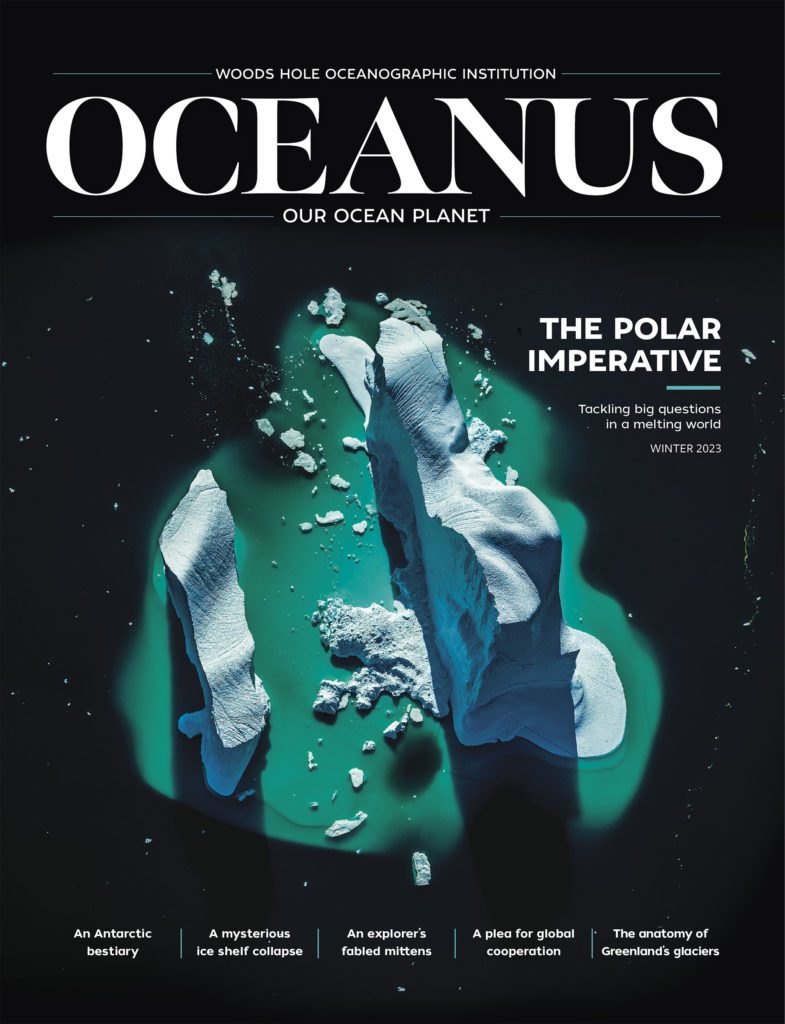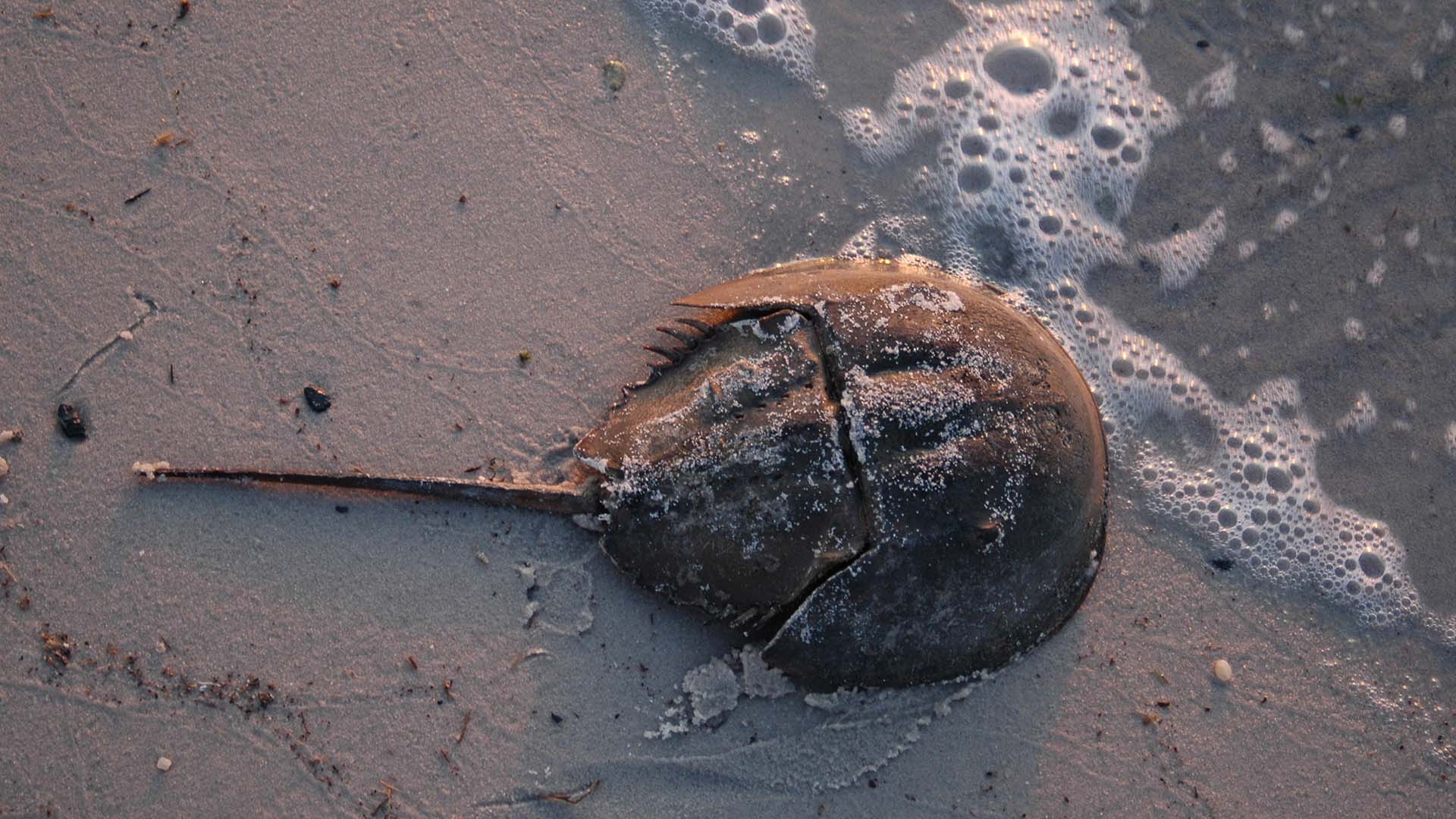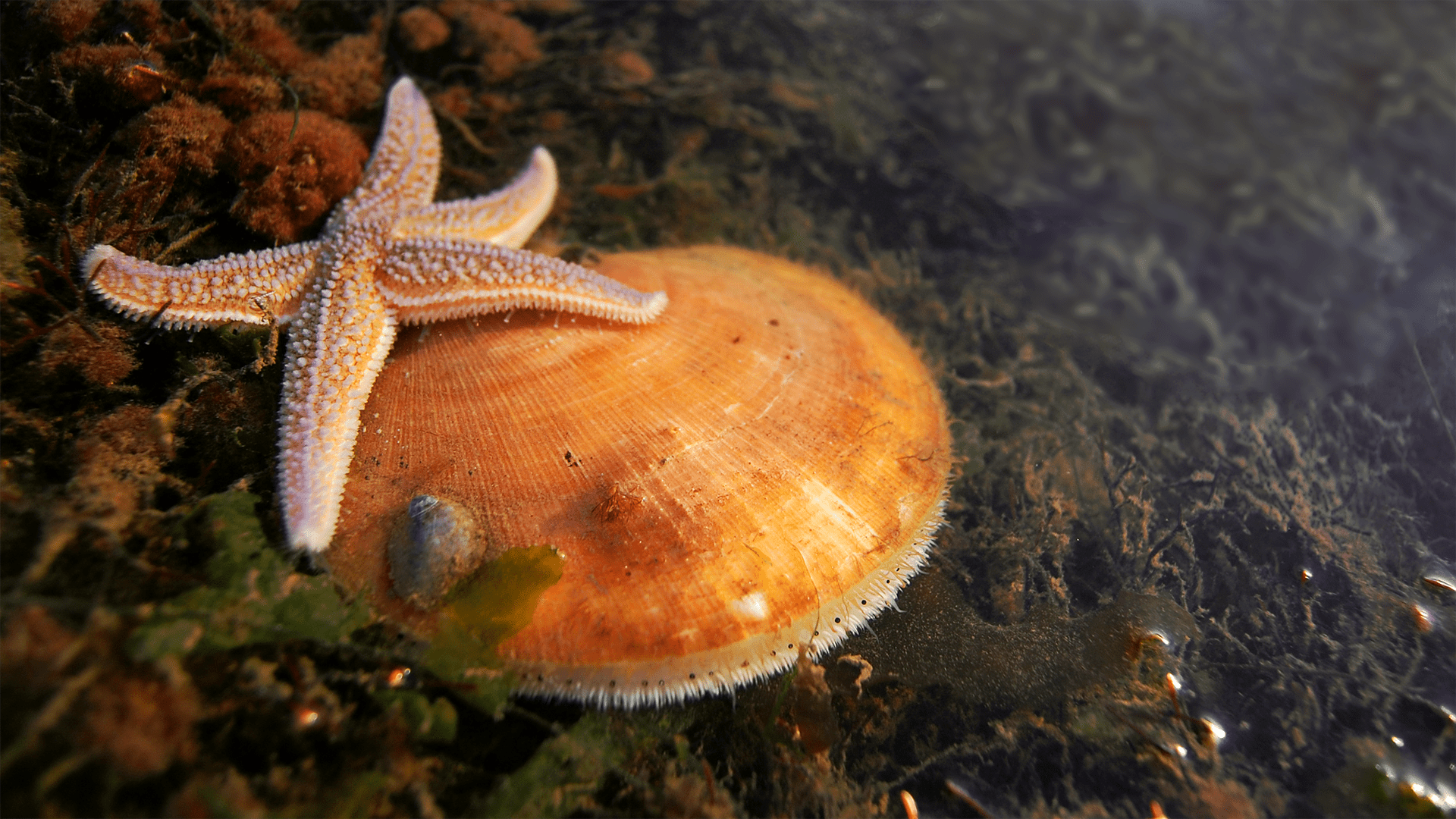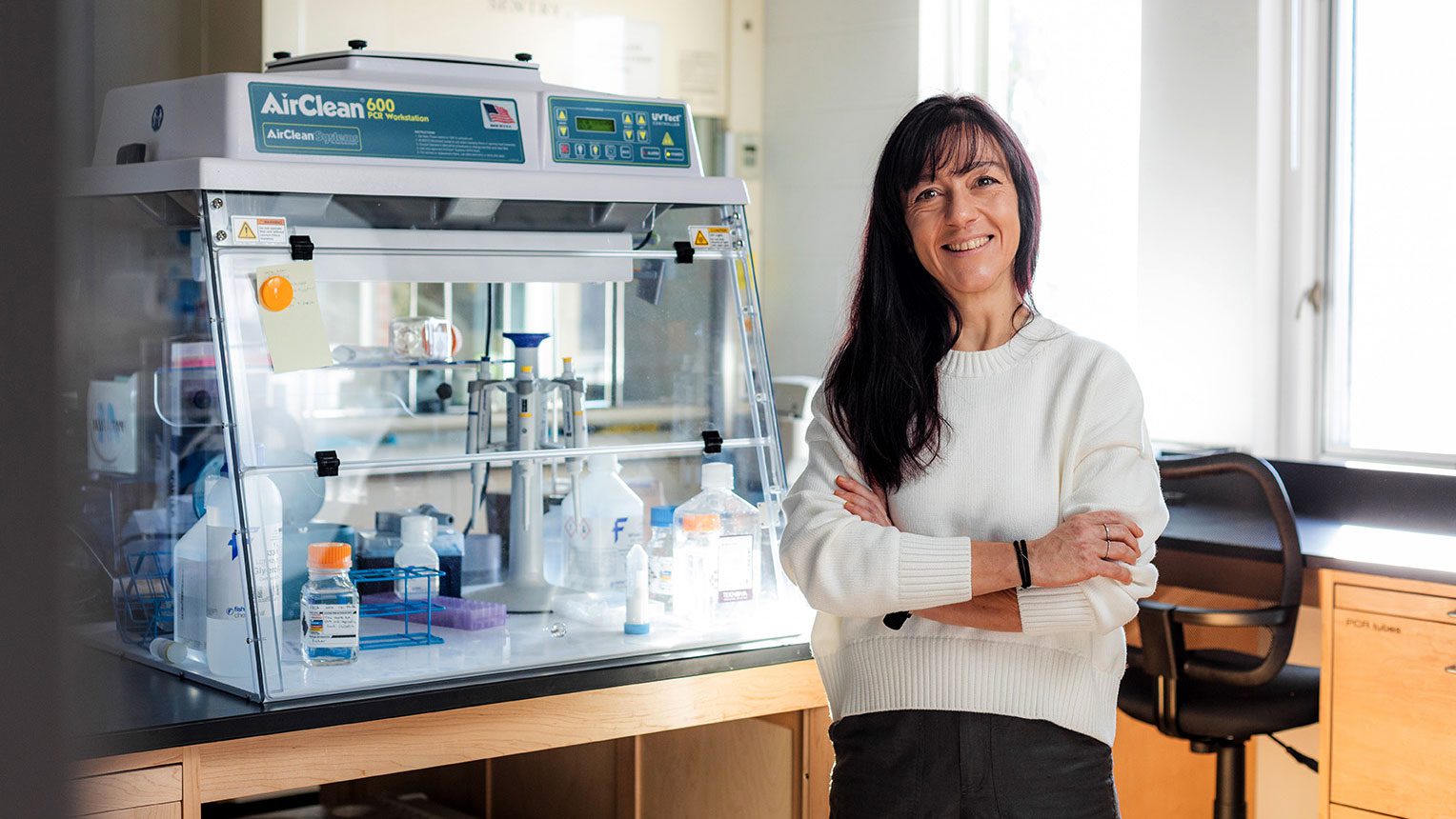
Five marine living fossils you should know about
After living for millions of years, these species may have mastered evolution in our ocean
Estimated reading time: 3 minutes
Living fossils are among the oldest animals in the ocean. They are rare survivors of ancient lineages and resemble fossils dating back hundreds of millions of years. Many scientists believe these creatures give us a glimpse of what marine life was like long ago. Here are five animals that researchers are studying to learn more about the past and present of life in the ocean.
Chambered Nautilus
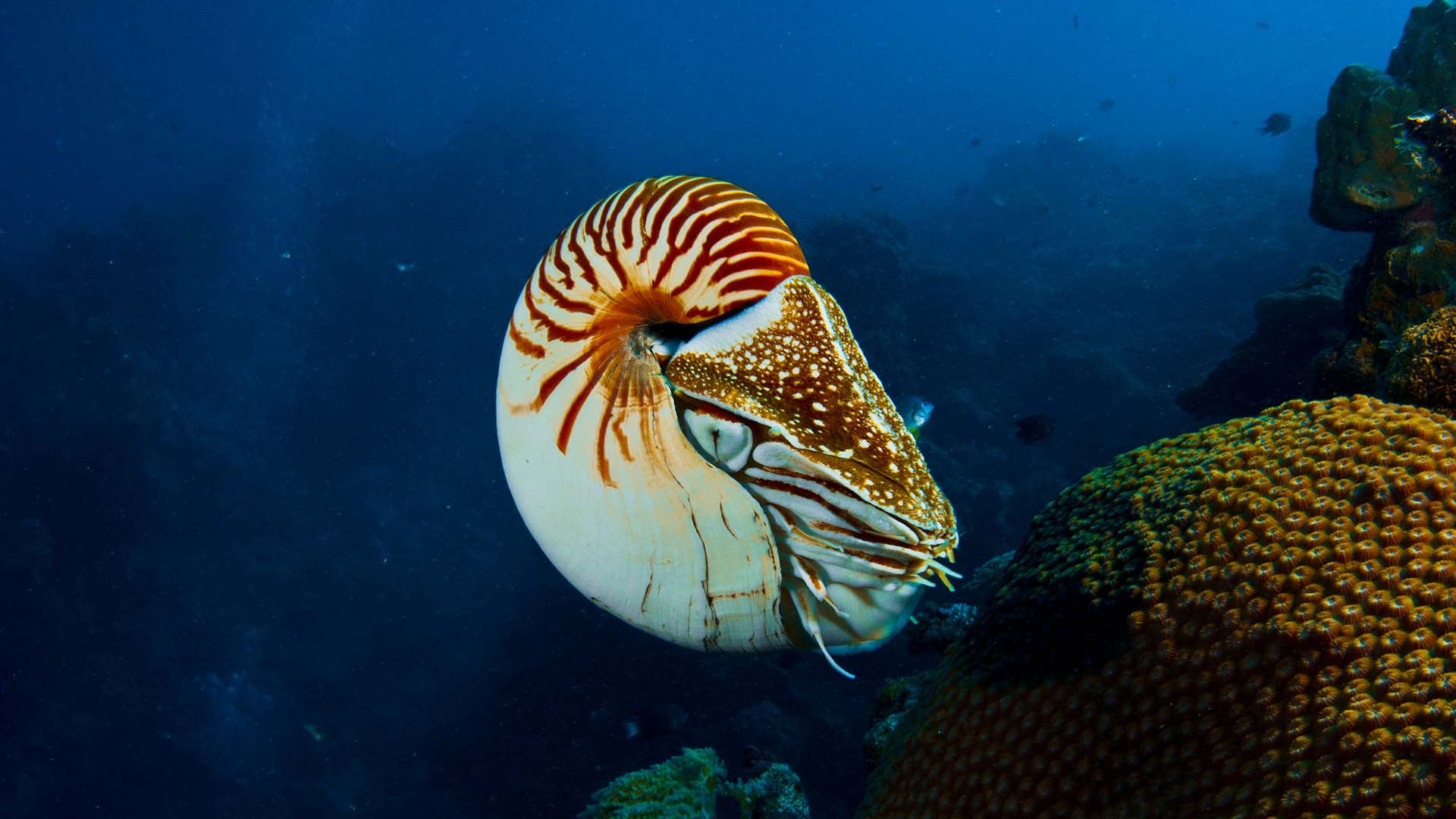
The chambered nautilus has a specialized siphon that it uses to propel itself through the water (© Getty Images)
A relative of cuttlefish, squid, and octopuses, the chambered nautilus is the only living cephalopod with a true external shell for protection. The oldest species long predate the dinosaurs, with fossils at least 500 million years old. Modern nautiluses live in coral reefs of the Indo-Pacific Ocean, hiding by day and emerging under darkness to feed. They are intelligent animals, with learning and memory abilities that rival those of their famously brainy octopus relatives. But over-harvesting is putting their future in doubt. Their beautiful curved shells are in high demand, since they are commonly used for jewelry.
Atlantic Horseshoe Crab
Did you know this coastal water icon l is not a true crab? Horseshoe crabs are actually arachnids, more closely related to spiders and scorpions, though they appear much earlier in the geological record. The oldest known horseshoe crab fossil, discovered in 2008, is 445 million years old. Today, Atlantic horseshoe crabs live in sandy or muddy bottoms of shallow waters along the North American Atlantic coast. During spring high tides, these tank-like creatures creep onto beaches to spawn. A single female lays roughly eighty thousand tiny green eggs. In total, horseshoe crabs can deposit as many as a billion eggs on a single beach. Many of these become a crucial food source for migrating shorebirds, like the near-threatened semipalmated sandpiper.
Crinoid-Coral Pairs

A sea lily or crinoid (one element of the symbiotic pair mentioned below) is spotted clinging to deep-sea coral on a 2017 expedition to the Phoenix Islands Protected Area. (Photo courtesy of Tim Shank, © Woods Hole Oceanographic Institution)
In Paleozoic seas, non-skeletal corals frequently grew on the bodies of marine animals called sea crinoids, or sea lilies--a flowery relative of the starfish. Though the seafloor is rich with their fossils, the pair seemed to disappear from the fossil record around 273 million years ago and was believed to have gone extinct. This year researchers rediscovered the symbiosis alive and well on the floor of the Pacific Ocean, off the coast of Japan. There, two species of coral were found growing on the stalk-like bodies of living Japanese sea lilies. The relationship benefits corals by allowing them to climb off the seafloor and filter-feed in stronger currents. It is not yet clear what crinoids might gain from the pairing, other than making them beautiful to look at.
Coelacanth
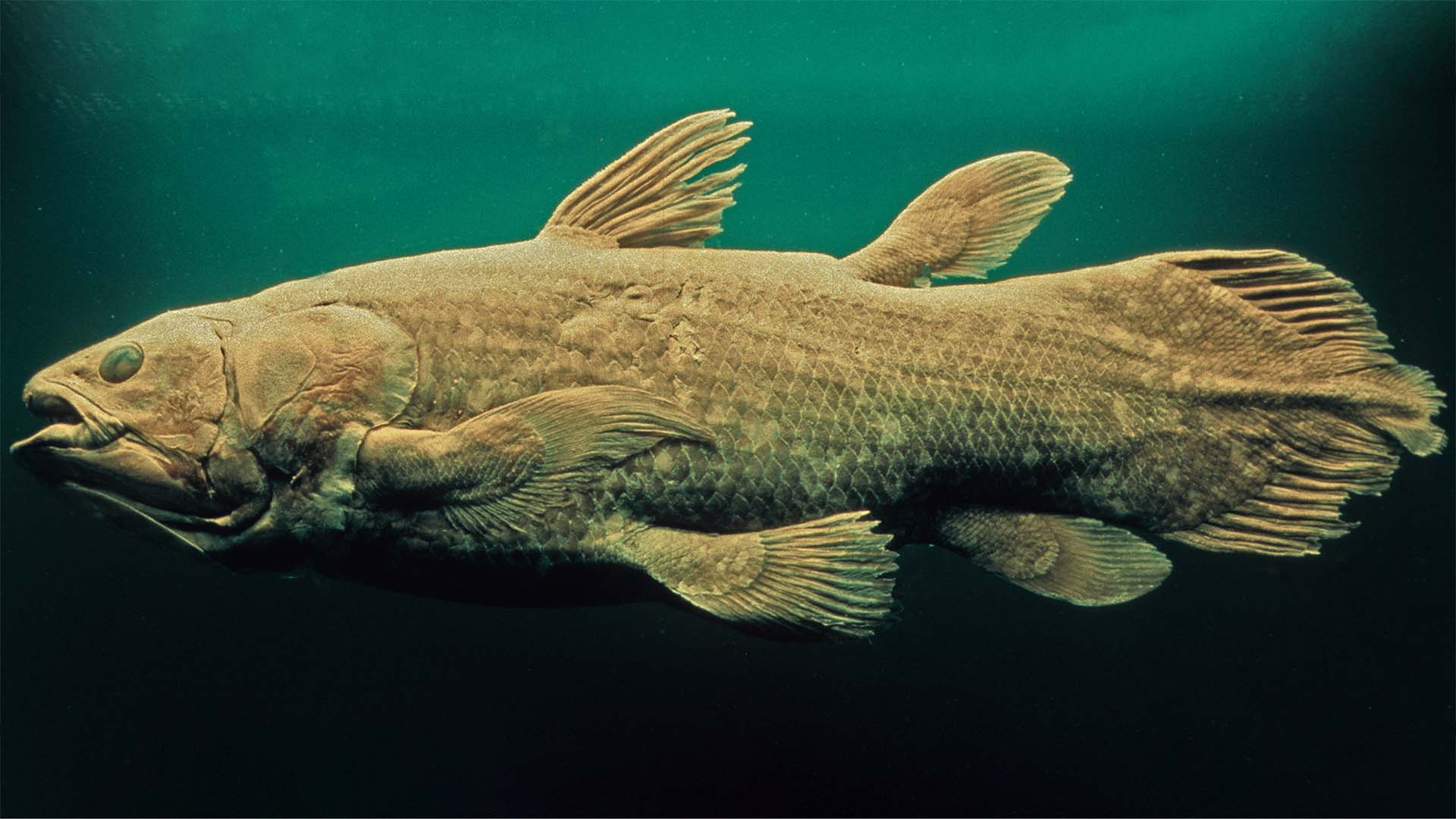
Thanks to their limb-like fins, coelacanths are actually more closely related to reptiles, amphibians, and mammals than they are to fish. (© Getty Images)
The earliest coelacanths (pronounced "see·luh·kanth") date back some 400 million years, but the fish were thought to have gone extinct 65 million years ago. They were famously rediscovered in 1938 when museum curator Marjorie Courtenay-Latimer came upon an unusual-looking fish in a South African fishing net. There are now two known living species: The West Indian Ocean coelacanth, which inhabits waters near Madagascar and southeastern Africa, and the Indonesian Coelacanth, which lives in the Indo-West Pacific. Both shelter in underwater limestone caves by day and venture out at night to hunt for fish and squid. They are more closely related to tetrapods (amphibians, reptiles, and mammals) than to ray-finned fishes and cartilaginous fishes. A striking feature is the paired fins that extend away from the body and move in an alternating pattern like legs.
The Goblin Shark
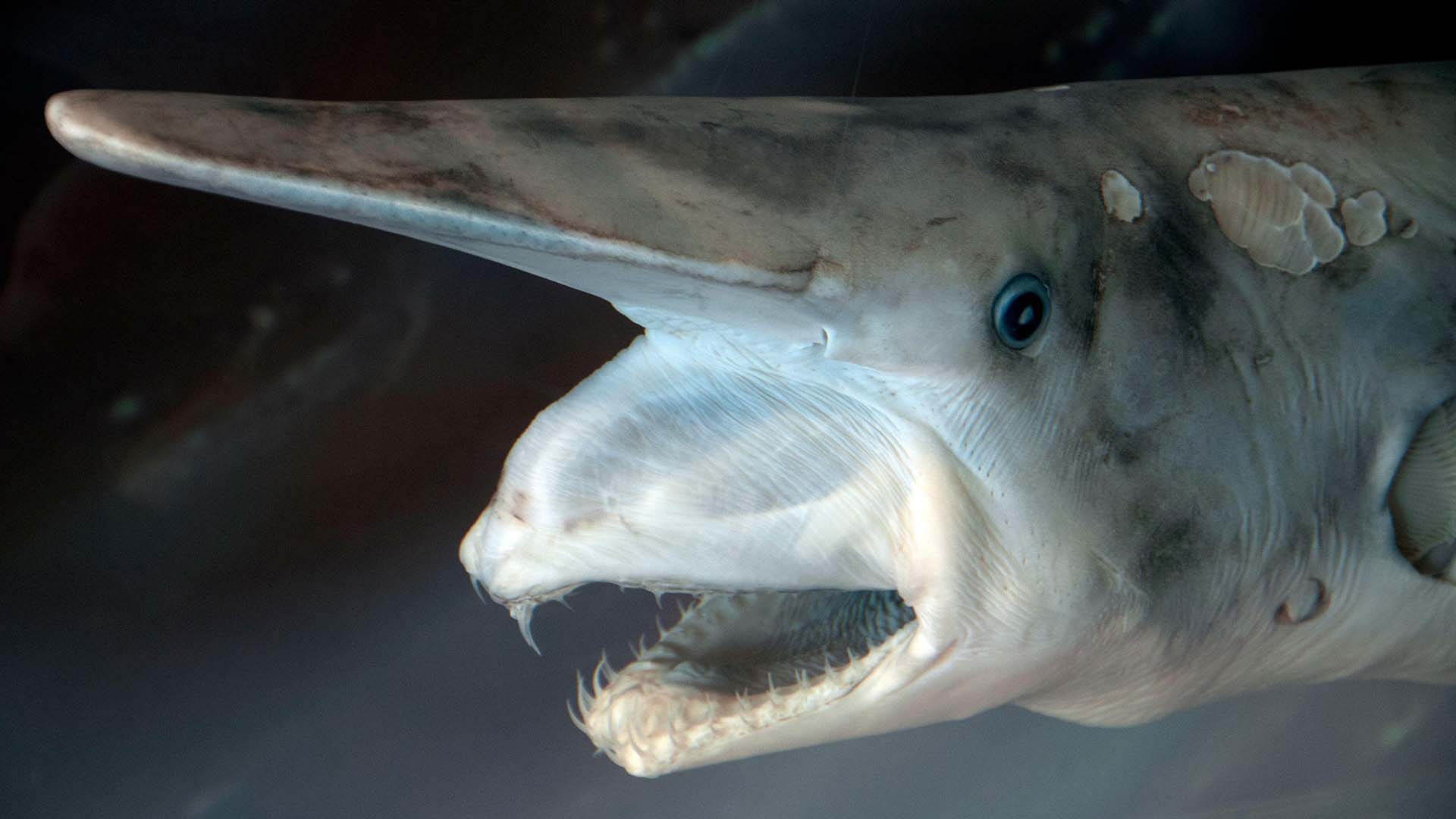
The goblin shark (Mitsukurina owstoni) has a extendible jaw, capable of snatching up passing prey (© Alamy)
The goblin shark is the only living member of the Mitsukurinidae, a family of similarly ghoulish-looking sharks that date back 125 million years. Since its discovery, modern goblin sharks have been found in scattered locations in all major oceans, from near the surface to depths of 1300 meters. It looks like something out of an alien movie. The shark's flabby body is bubblegum-pink in color. It has a trowel-shaped snout that overhangs a large jaw filled with sharp, scraggly teeth. Their jaw is also extendible, making it easier to snatch up nearby prey.
